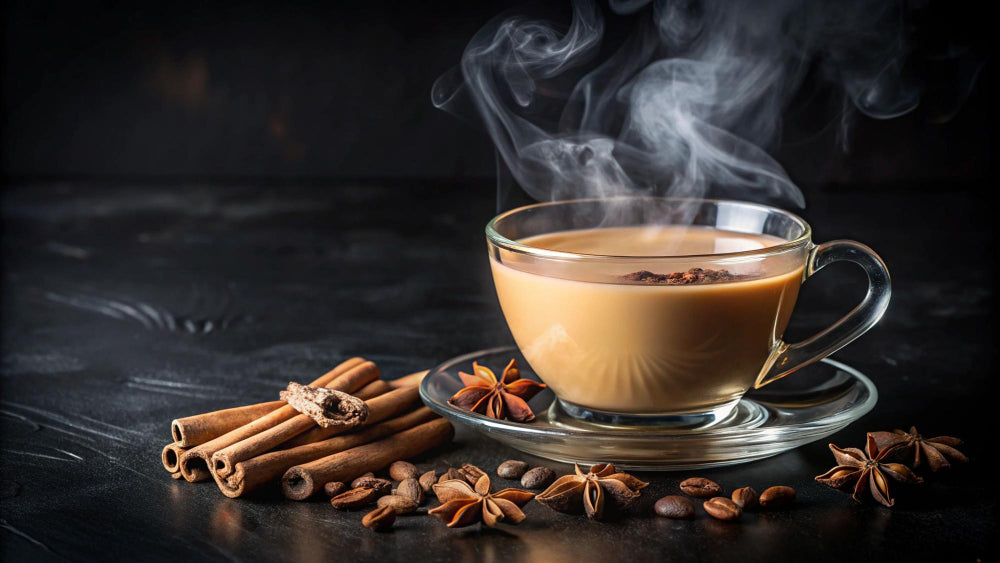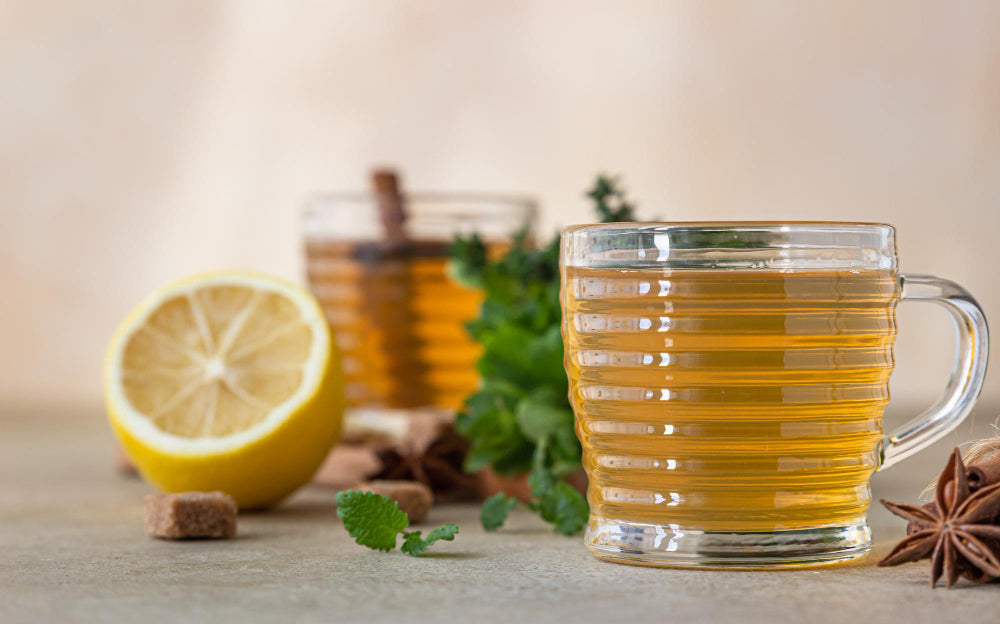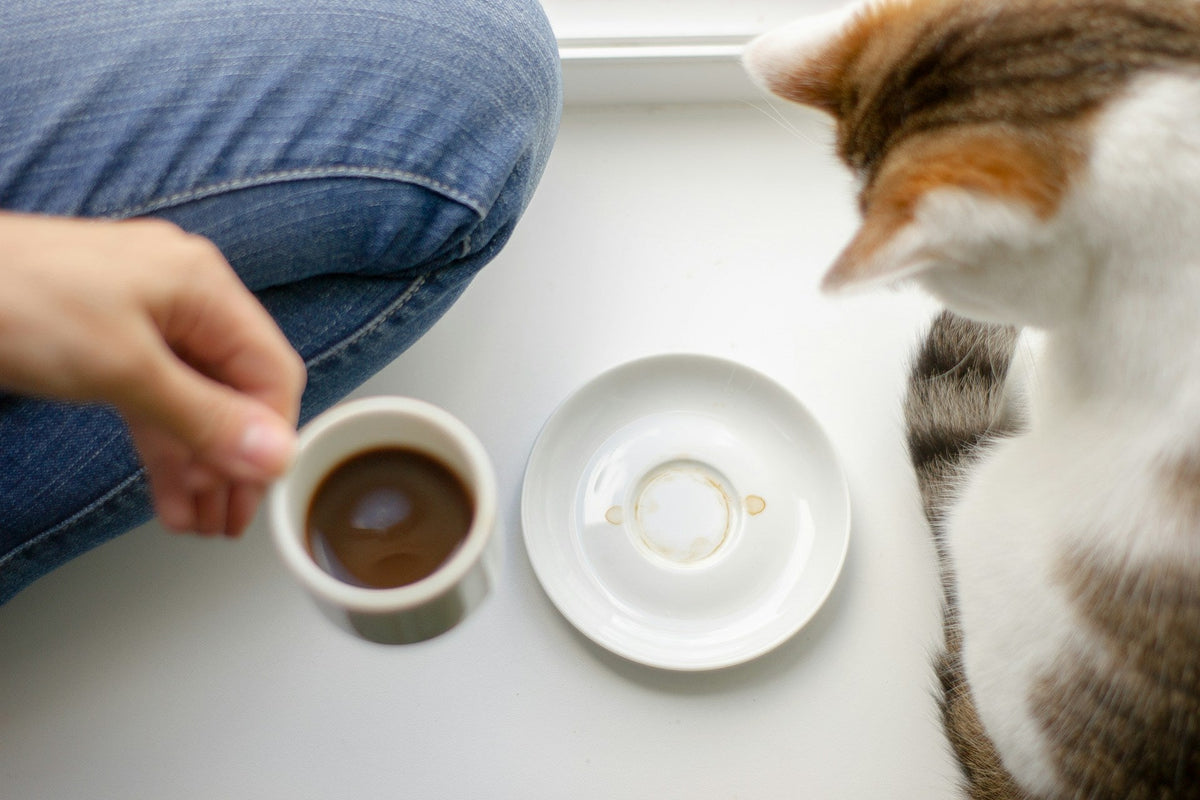The Story of Chai: Where It Comes From and How Brits Made It Their Own

When you hear the word chai, what comes to mind? Maybe it’s the warm aroma of cardamom and cinnamon, or that cozy, spiced cup at your favorite café. But behind every sip of chai is a story—one that spans centuries, empires, and cultures.
This is the journey of chai: how it started in India, how it changed when the British got involved, and how the blend we know today came to be.
Where Chai Really Comes From
Before it was called “chai,” this drink had a very different role.
In ancient India, people drank a herbal infusion made from spices like ginger, pepper, and tulsi. There were no tea leaves—just Ayurvedic blends believed to help with digestion, energy, and healing.
It wasn’t until the early 1800s, when the British East India Company began growing tea in Assam, that black tea entered the Indian cup. The British were trying to challenge China’s control of the tea trade, and India’s northeastern hills offered the perfect climate for tea plantations.
The British Arrive—and Tea Culture Changes
At first, tea drinking in India followed the British style: black tea, sugar, and milk, served mostly in elite circles. The colonial government encouraged Indians to adopt the habit, hoping to grow demand for their plantations’ product.
But as tea spread beyond drawing rooms and into everyday life, something interesting happened—Indians made it their own.
They took the British base—black tea and milk—and added spices like:
-
Cardamom
-
Clove
-
Cinnamon
-
Ginger
-
Black pepper
The result was masala chai, a uniquely Indian creation that was stronger, spicier, and more rooted in the culture than the tea it started from.
Chai Becomes the People’s Drink
As tea became more available, it moved from homes to train stations, roadside stalls, and busy markets.
The rise of the chaiwala—a vendor selling fresh, milky chai by the cup—turned tea into an everyday experience. It wasn’t just about taste anymore. Chai became a ritual—a quick break, a shared moment, a way to pause.
It was affordable, energizing, and deeply comforting.
So, How Did Brits Make It Their Own?
When Indian families moved to the UK, they brought chai with them. Over time, British Tea kitchens started brewing it too—but with their own twists.
Spices were adjusted. Milk frothers came into play. Cafés began offering chai lattes—a Western take that’s often sweeter, lighter, and made with steamed milk.
In some places, “chai” just means spiced tea. In others, it’s a link to heritage, nostalgia, or family. Either way, chai in the UK became more than an import—it became a blend of two cultures.
What Makes Chai Special Today
Chai is now a global drink, but its essence hasn’t changed much.
It’s still:
-
A warming cup of comfort
-
A balance of bold tea and gentle spice
-
A moment to slow down—even when the day doesn’t
Whether you drink it at a bustling train station in Mumbai, or on a rainy afternoon in Manchester, chai brings a sense of familiarity that crosses borders.
Want to Try Chai at Home?
We’ve written a simple guide on how to make chai concentrate using just chai tea bags, so you can enjoy that deep, spiced flavor at home—no fancy equipment needed.
👉 How to Make Chai Concentrate at Home
Final Thoughts
Chai didn’t start with tea leaves—and it certainly didn’t stop with them. From Ayurveda to colonialism, from India to Britain, it has transformed and traveled—but it’s always been about more than just tea.
It’s about tradition, comfort, and sharing something simple with someone else.
So the next time you sip on a chai, take a moment. You’re tasting a bit of history—and the story’s still being written.



0 comments